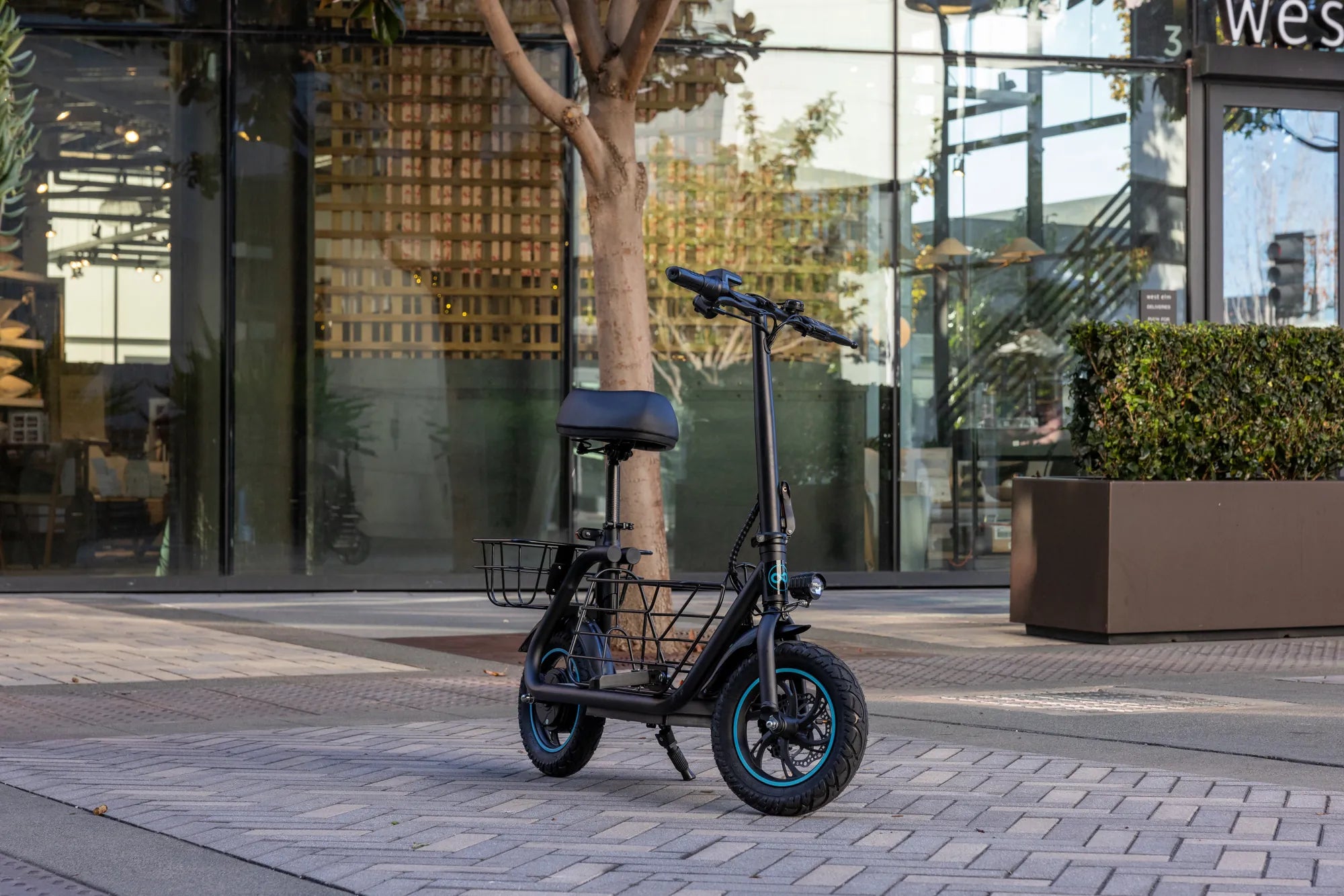Imagine hopping onto your electric scooter after a long day, only to find its battery fully charged without ever plugging it in. Sounds like science fiction, right? The idea of self-charging electric scooters has sparked curiosity among commuters and tech enthusiasts alike. But how close are we to making this a reality? Let’s explore the possibilities, challenges, and future of self-charging electric scooters.
How Do Electric Scooters Currently Charge?
Most electric scooters rely on traditional charging methods, where users plug the scooter into an electrical outlet or a charging station. The battery stores energy from the grid, which powers the motor and other components. Charging times vary depending on battery capacity and charger specifications, but it typically takes a few hours to reach a full charge.
What Does "Self-Charging" Mean for Electric Scooters?
Self-charging electric scooters would theoretically recharge their batteries without external power sources. This could be achieved through regenerative braking, solar panels, or kinetic energy recovery systems. These technologies aim to harness energy that would otherwise be wasted, converting it back into usable power for the scooter.
Regenerative Braking
Regenerative braking is a common feature in electric vehicles, including some high-end electric scooters. When you brake, the motor acts as a generator, converting kinetic energy into electrical energy, which is then fed back into the battery. While this doesn’t fully recharge the scooter, it can extend its range by 5-15%.
Solar Panels
Integrating solar panels into the scooter’s design could provide a supplementary charging source. However, the surface area of a scooter is limited, and solar panels are not yet efficient enough to fully recharge a battery solely through sunlight. Still, they could help maintain charge levels during daylight rides.
Kinetic Energy Recovery
Kinetic energy recovery systems (KERS) capture energy from the scooter’s movement, such as vibrations or bumps in the road. While this technology is still in its infancy for scooters, it holds potential for minor energy gains.
Challenges of Self-Charging Electric Scooters
While the concept is exciting, several hurdles stand in the way of fully self-charging electric scooters:
- Energy Efficiency: Current self-charging methods only recover a small fraction of the energy needed for a full charge.
- Battery Technology: Batteries must become more efficient to store and release energy effectively.
- Cost: Advanced self-charging systems could significantly increase the price of electric scooters.
- Weight and Design: Adding solar panels or kinetic recovery systems might make scooters heavier and less portable.
The Future of Self-Charging Electric Scooters
Researchers and engineers are continuously working on improving energy recovery and storage technologies. Innovations like ultra-efficient solar cells, advanced regenerative braking, and lightweight materials could bring us closer to self-charging scooters. While we’re not there yet, the progress is promising.
Imagine a world where your electric scooter never runs out of juice because it’s constantly replenishing its own energy. With rapid advancements in green technology, that future might be closer than you think. Until then, keep an eye on the horizon—self-charging electric scooters could soon become the next big leap in urban transportation.

Share:
Electric Scooters With Long Battery Life: The Ultimate Guide for Extended Rides
Are Electric Scooters Legal in Texas? What You Need to Know